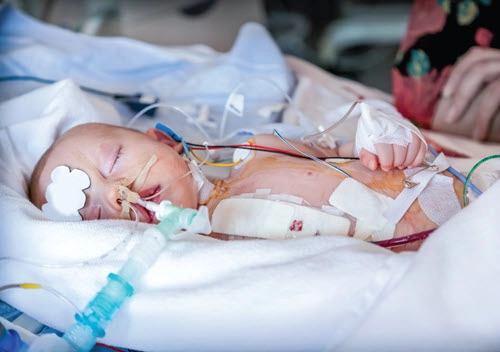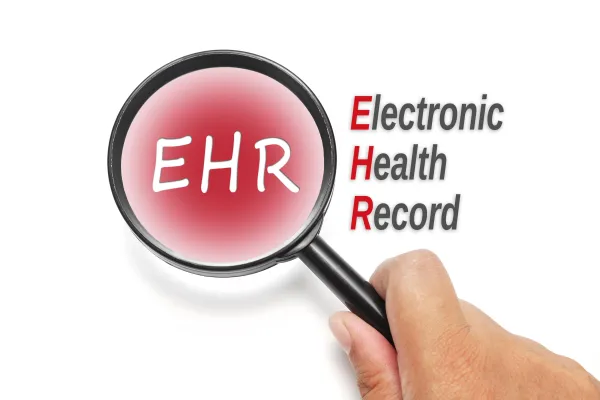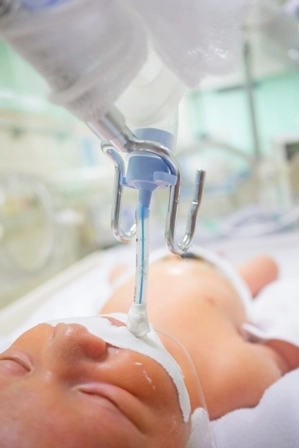Update Your Understanding of Newborn Apnea and Personal History Codes
And find out which familiar codes now require an additional character. Of the almost 1,500 proposed coding changes to ICD-10-CM, more than 1,100 are new diagnosis codes for 2023. Luckily, pediatric coders won’t have to digest quite that many, but there are a handful of newborn and perinatal codes to watch out for when everything goes into effect on Oct. 1, 2022. Keep reading to learn more. Get Granular With Newborn Apnea Codes Condition refresh: Apnea is defined as the stoppage of respiratory airflow for at least 20 seconds. Central apnea occurs when breathing stops due to poor or no muscle coordination Obstructive apnea occurs when breathing stops due to an obstruction in the airway. Mixed apnea is an episode where central and obstructive forces are present. Sleep apnea definitions are similar, but symptoms occur during sleep. A 5th character is now required when reporting P28.3- (Primary sleep apnea of newborn) and P28.4- (Other apnea of newborn), allowing coders to report to a greater specificity. “Apnea is a symptom that has many possible etiologies,” explains Donna Walaszek, CCS-P, billing manager, credentialing/ coding specialist for Northampton Area Pediatrics LLP in Northampton, Massachusetts. This is why ICD-10 has assigned codes to several types of newborn apnea, in turn making P28.3 and P28.4 parent (non-billable) codes: Note: “Remember the originating age specificity implied by the use of codes from Chapter 16: Certain Conditions Originating in the Perinatal Period (P00-P96),” advises Jan Blanchard, CPC, CPEDC, CPMA, pediatric solutions consultant at Vermont-based PCC. Chapter guidelines state that the chapter “includes conditions that have their origin in the fetal or perinatal period (before birth through the first 28 days after birth) even if morbidity occurs later.” Evaluations for some pediatric conditions, such as autism spectrum disorder, include workup of co-occurring conditions like sleep disorder. If such an evaluation were to determine that a patient’s apnea has its origin not in something like obesity, but rather in the perinatal period, no matter the age at which the evaluation is performed, report the new P28-. Section I.C.16.a.1 of the ICD-10 Guidelines directs coders that “Chapter 16 codes may be used throughout the life of the patient if the condition is still present. “ Look for New Z Codes for Corrected Conditions Another important addition to the code set includes several personal history codes that ultimately will help round out a patient’s medical record. Coders will now be able to document important medical history that can impact a patient’s current treatment options. Additionally, many congenital conditions can recur, and therefore may require continued monitoring. “However, if a congenital malformation or deformity has been ‘corrected,’ a personal history code should be used to identify the history of that condition,” Walaszek adds. Here is a sample of the new personal history codes for corrected conditions: Condition refresh: Necrotizing enterocolitis (NEC) is a life-threatening neonatal illness which causes intestinal inflammation that leads to bacterial invasion and eventually cell death and necrosis of the colon and intestine. Congenital diaphragmatic hernia (CDH) is a rare defect that presents as an open space in a baby’s diaphragm. Gastroschisis is a birth defect that causes an opening in the skin and muscles that cover the abdominal wall, allowing intestines and sometimes other organs to bulge outside the belly. To use these codes, follow the original instructions offered in ICD-10 Official Guideline I.C.17, which says, “Codes from Chapter 17 [Congenital malformations, deformations, and chromosomal abnormalities (Q00-Q99)] may be used throughout the life of the patient. If a congenital malformation or deformity has been corrected, a personal history code should be used to identify the history of the malformation or deformity.” Z87.6-: It’s important to note that Z87.6-, while new, is a parent code and is not billable. The Z87.6- group will require a 5th character. Instructions: Pay attention to the Code first note under the existing Z87 group that instructs to report any follow-up exams after treatment using a code from the Z09 group. Remember that while “congenital” means a condition was present at birth, some conditions aren’t treated for years afterward. Such might be the case with conditions requiring Z87.68, for example. Z87.76-: For codes Z87.760 and Z87.761, the parent already exists as Z87.76- (Personal history of (corrected) congenital malformations of integument, limbs and musculoskeletal system). Instructions: For Z87.760 and Z87.761, you’ll still need to refer to the Excludes1 notes if applicable, which instructs you code to the conditions from Chapter 17 if the malformation has only been partially corrected and still requires medical treatment. For the full list of 2023 ICD-10 updates, go to https://www.cms.gov/medicare/icd-10/2023-icd-10-cm.





